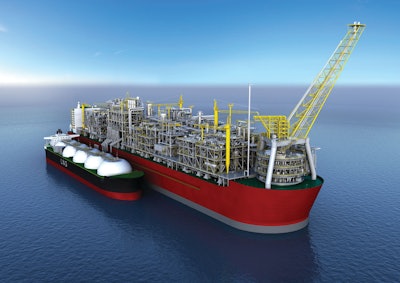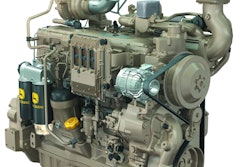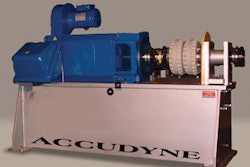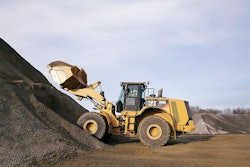
During the HDMA Off-Highway Dialogue premier conference on October 1, Robert Bryce, author of Power Hungry, noted that the true “green” energy comes from power density. During his presentation, he made an interesting Physics 101 point, energy is the ability to do work; power is the rate at which work is done. The clarification is necessary because the term “energy” is frequently being used in place of “power.” You can have energy sources like the sun, wind or corn, but it is their power that matters to us.
“People do not care about energy; they care about power,” Bryce said. We don’t care if ice cream or ceiling panels run our power, we just want be assured that when we flip a switch or turn a key, we will get power.
Using data out of Bryce’s book, sourced from the Energy Information Administration, in order to produce 2,700 megawatts of power, here is a look at the total footprint (area) required by certain energy sources:
Corn ethanol
Area covered: 21, 267 square miles
Power density = 0.25 hp/acre
US natural gas well (average)
Area covered: 19.6 square miles
Power density = 287.5 hp/acre
Wind
Area covered: 869 square miles
Power density = 6.4 hp/acre
Solar PV
Area covered: 156 square miles
Power density = 36 hp/acre
South Texas Project Nuclear Plant
Area covered: 18.75 square miles
Power density = 300 hp/acre
Oil stripper well (producing 10 barrels/day) *1 barrel of oil = 42 gallons
Area covered: 39 square miles
Power density = 148.5 hp/acre
Since the production of any energy source into power will have some effect on the environment, it would make sense to minimize its impact by utilizing a denser power source.
When it comes to emerging fuel sources, the U.S. has a huge opportunity to capitalize on natural gas. The infrastructure needs to be developed, which is technically a good thing considering that means more construction jobs. The U.S. does have the best distribution network, while other countries’ channels are still in development, according to a presentation by Eli Lustgarten of Longbow Securities.
Associate Editor Sara Jensen recently attended the Shell Technology Forum to learn that the company now produces more natural gas fuels than petroleum-derived ones. Learn more about Shell's investment in natural gas fuels—as well as its floating liquified natural gas facility—by searching 10779958 at www.oemoffhighway.com.




















